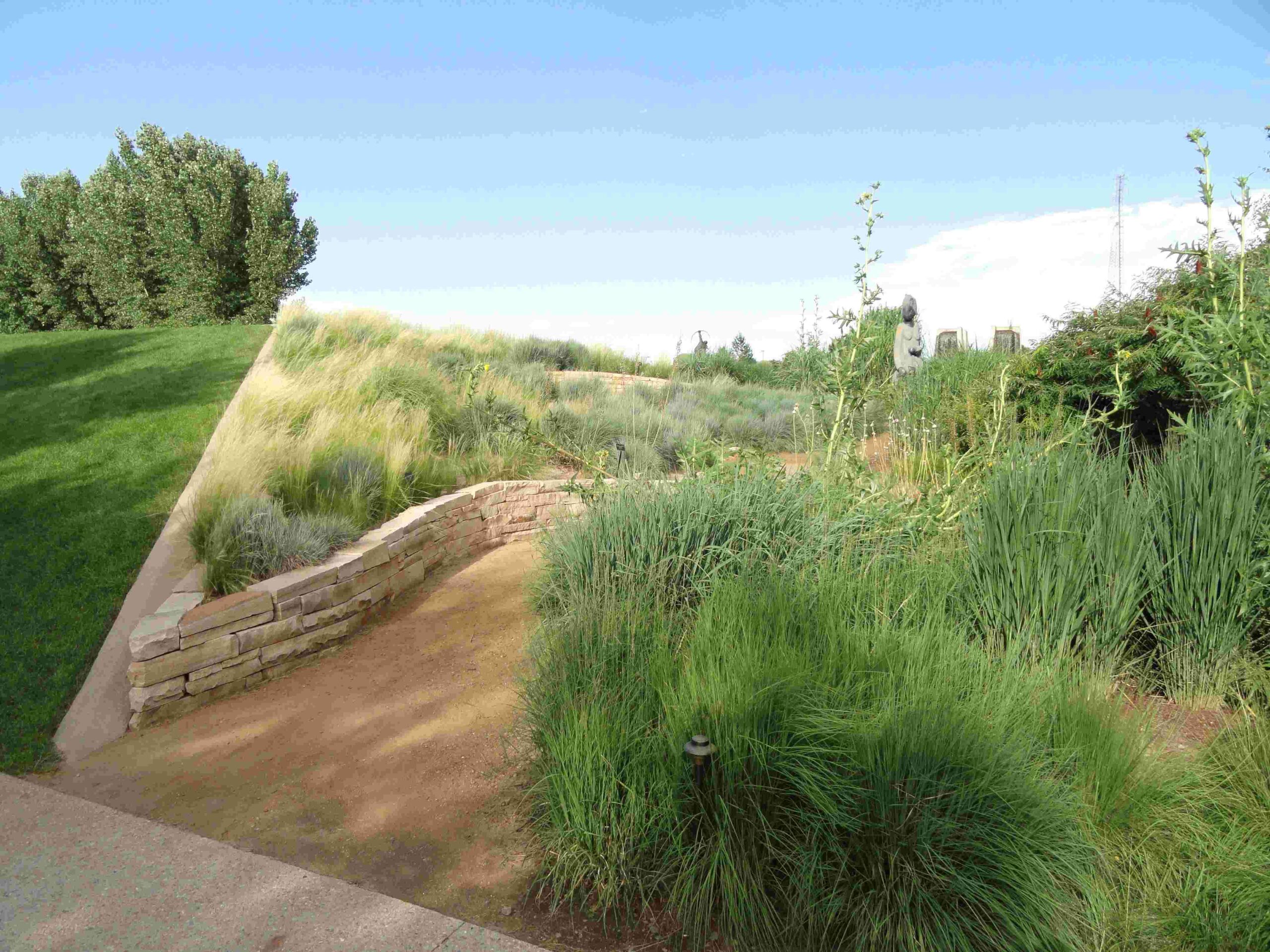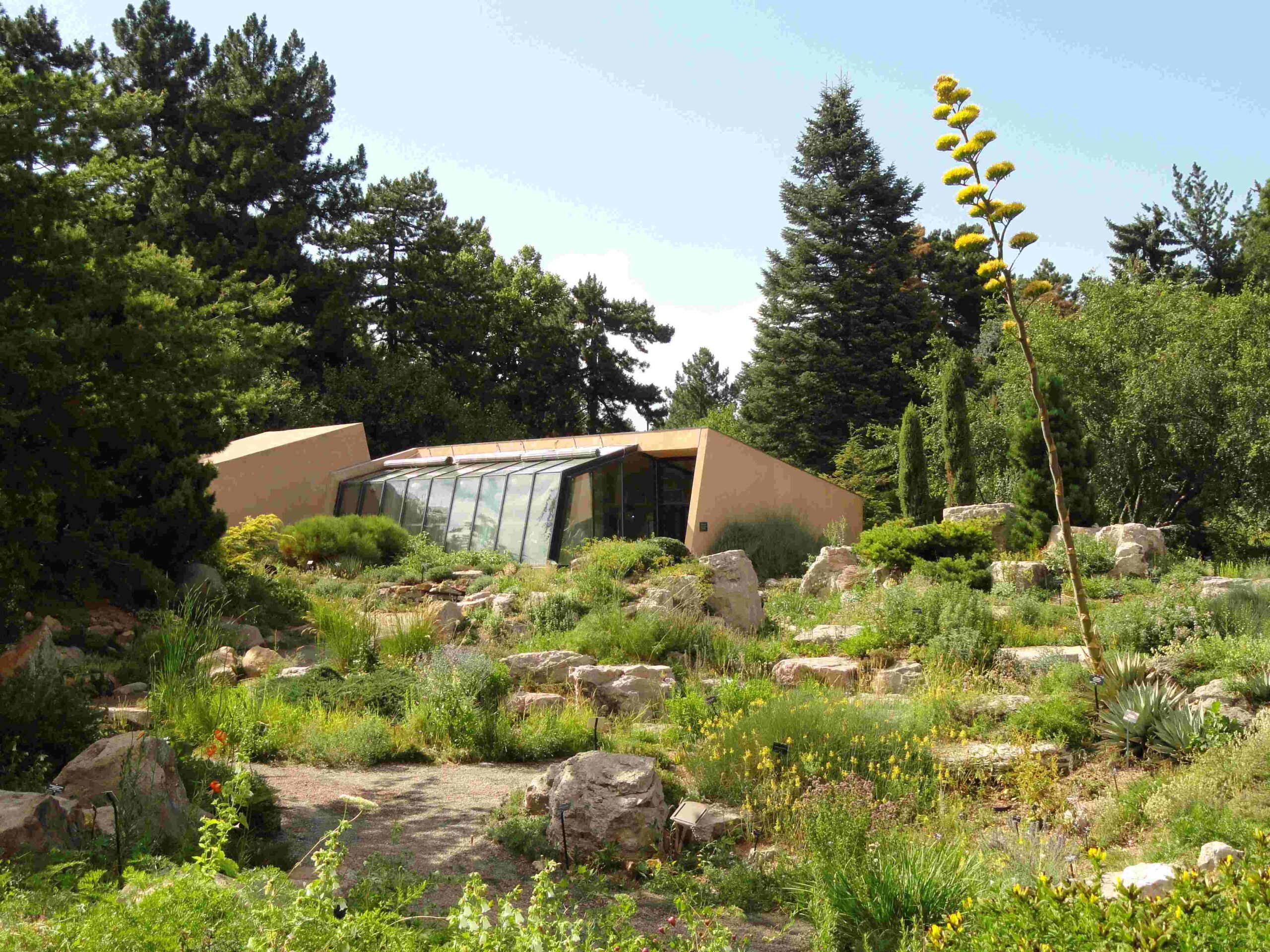The Denver Botanic Gardens architecture is a stunning fusion of mid-century modern design, sustainable practices, and innovative landscape architecture. Spanning 36 acres, the gardens showcase a diverse array of architectural styles, from the iconic Boettcher Memorial Conservatory to the cutting-edge Science Pyramid. This harmonious blend of nature and human-made structures creates a unique visitor experience, emphasizing the gardens’ commitment to horticultural research, education, and environmental stewardship.
What Are the Key Architectural Styles at Denver Botanic Gardens?

The Denver Botanic Gardens incorporates several architectural styles, each contributing to its unique character:
- Mid-Century Modern: Exemplified by the Boettcher Memorial Conservatory (1966)
- Sustainable Design: Evident in the Science Pyramid and green-roof parking structure
- Biomimetic Architecture: Seen in the hexagonal cladding of the Science Pyramid
- Contemporary Landscape Design: Showcased in the Steppe Garden and Welcome Garden
How Does Mid-Century Modern Architecture Feature in the Gardens?
The Boettcher Memorial Conservatory, designed by Victor Hornbein and Ed White, Jr. in 1966, stands as a prime example of Mid-Century Modern architecture at the Denver Botanic Gardens. This style is characterized by:
- Optimistic design philosophy
- Innovative use of materials
- Integration with nature
- Clean lines and geometric forms
The conservatory’s distinctive plexiglass dome and concrete structure embody these principles, creating a harmonious blend of architecture and horticulture.
What Makes the Science Pyramid a Unique Architectural Feature?

The Science Pyramid, designed by BURKETTDESIGN, is a standout example of modern and sustainable architecture at the Denver Botanic Gardens. Key features include:
- 5,258-square-foot structure divided into two sections
- Dynamic glass façade with electrochromic technology
- Hexagonal honeycomb cladding inspired by beehive efficiency
- Photovoltaic collectors for energy generation
- Diagonal ribbon of skylights for natural illumination
This innovative design not only serves as an educational space but also demonstrates the gardens’ commitment to sustainable practices and biomimetic design principles.
How Does Landscape Architecture Enhance the Visitor Experience?
The landscape architecture at Denver Botanic Gardens plays a crucial role in creating diverse and engaging spaces:
- Steppe Garden:
- Designed by Didier Design Studio in 2016
- Features sculpted terrain optimized for microclimates
- Hosts a diverse collection of steppe flora
-
Merges horticultural research with landscape design
-
Master Development Plan:
- Led by Tryba Architects
- Includes horticultural enhancements across the 36-acre campus
- Creation of new gardens like the Welcome Garden
-
Renovation of existing spaces for cohesive design
-
Sustainable Practices:
- Green roofs on structures like the parking garage
- Integration of gardens within built environments
- Use of native and adaptive plants
What Amenities and Facilities Complement the Architecture?
The Denver Botanic Gardens offers several amenities that enhance the architectural experience:
| Amenity | Description |
|---|---|
| Parking Structure | 325-space green-roof facility with garden atrium |
| Bonfils-Stanton Visitor Center | Main entry point complementing mid-century aesthetic |
| Science Pyramid | Interactive exhibits on botanic and environmental research |
| Children’s Garden | Educational space integrated with landscape design |
| Greenhouses | Research and cultivation facilities adjacent to Boettcher Conservatory |
These facilities are designed with accessibility in mind, ensuring that visitors can easily navigate and enjoy the gardens’ architectural and horticultural features.
How Can Visitors Explore the Architectural Aspects of the Gardens?
Visitors can engage with the Denver Botanic Gardens’ architecture through various means:
- Guided Tours:
- Highlight architectural and horticultural features
- Focus on Mid-Century Modern structures
-
Explore sustainable design elements
-
Special Events:
- Lectures on architectural history and design
- Workshops on sustainable gardening practices
-
Exhibitions showcasing garden architecture
-
Self-Guided Exploration:
- Accessible pathways throughout the gardens
- Informational signage detailing architectural features
- Interactive exhibits in the Science Pyramid
By offering these diverse options, the Denver Botanic Gardens ensures that visitors can fully appreciate the intricate relationship between architecture and nature that defines this unique space.

